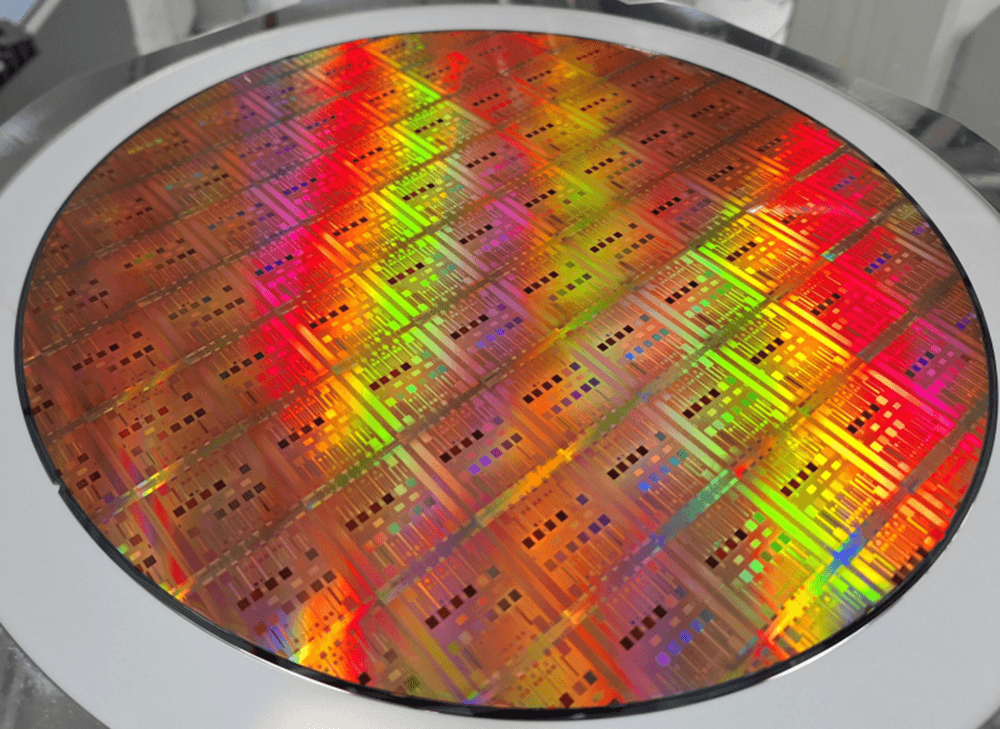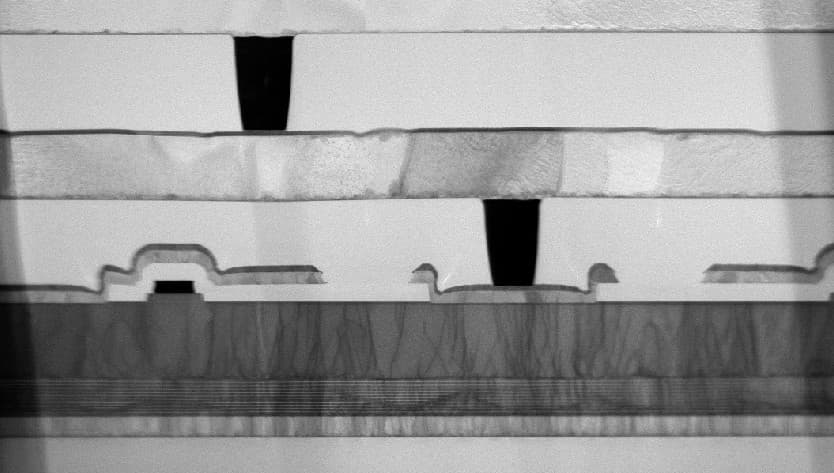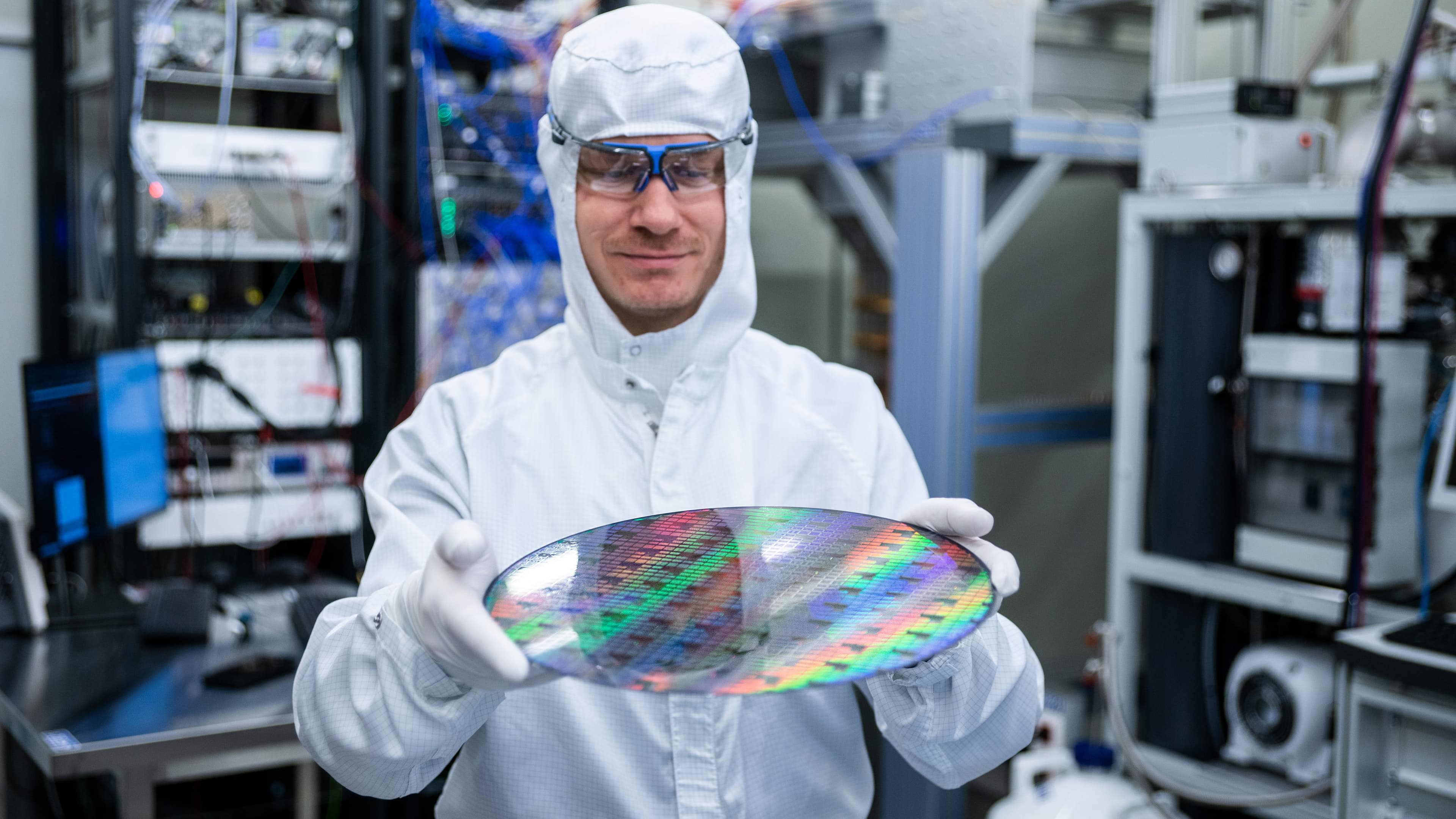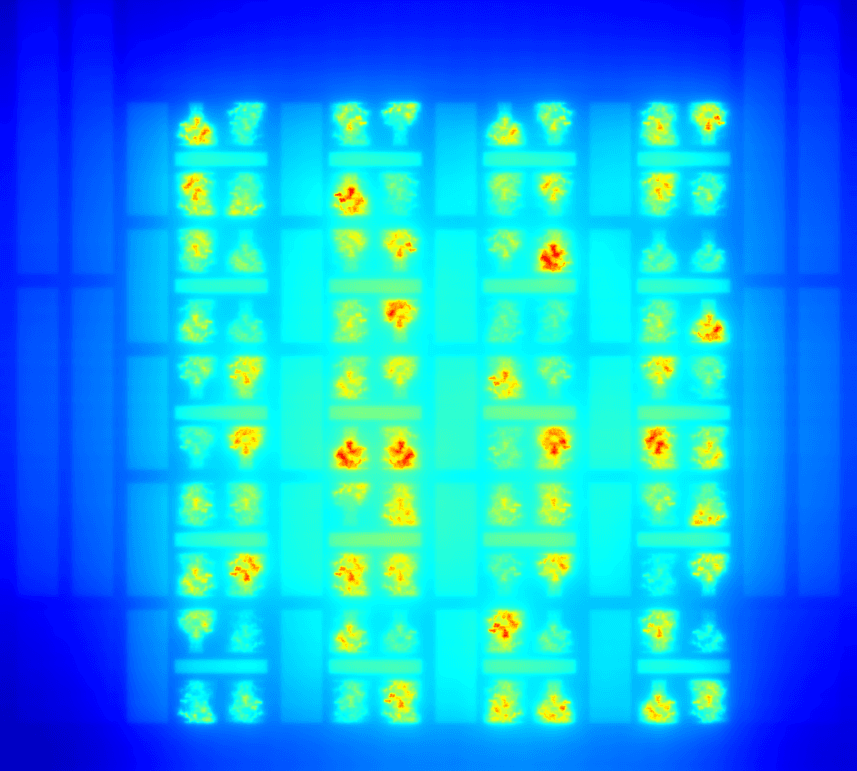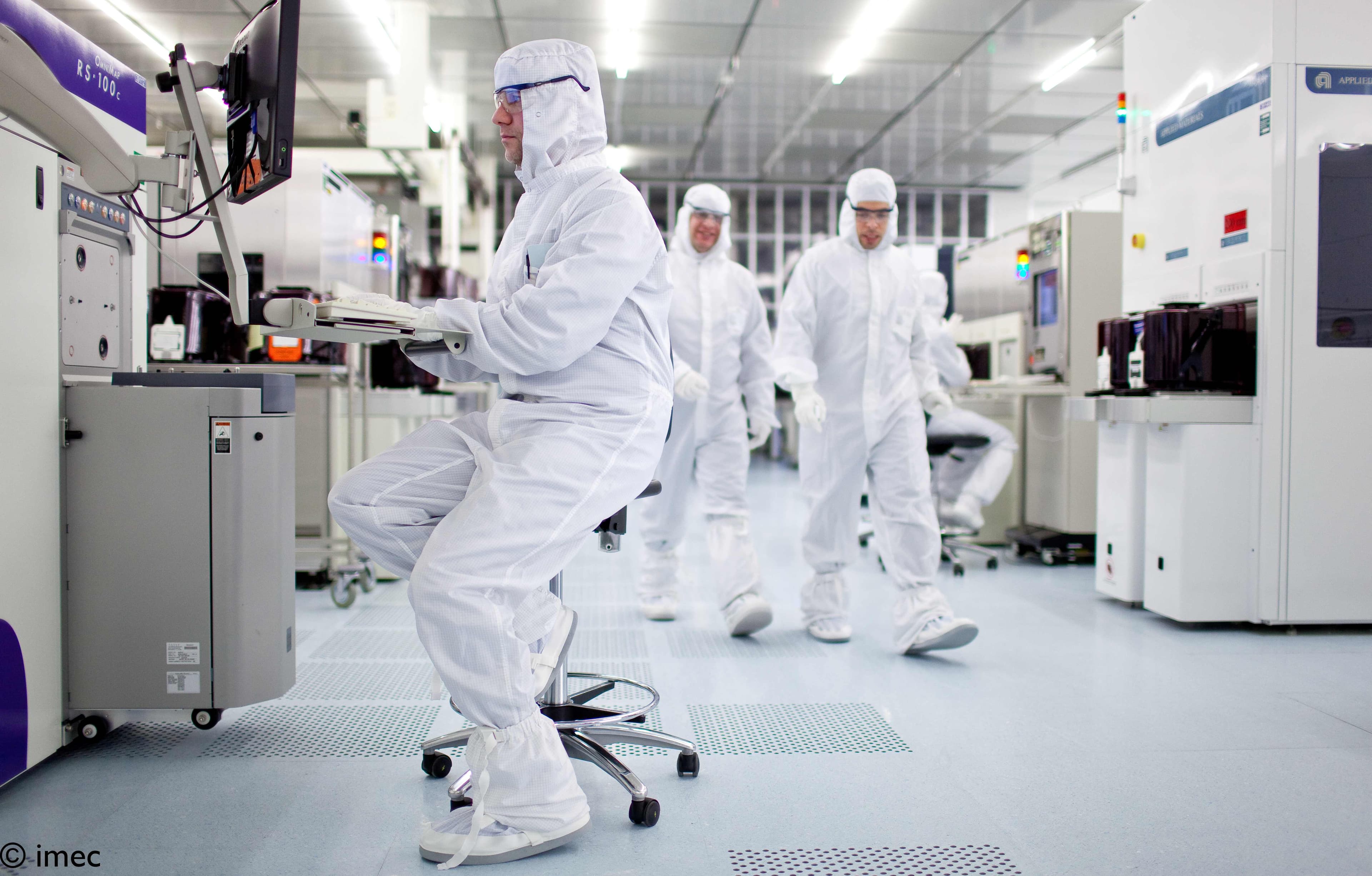
Our electric car is also the battery for our house
By 2035, we’ll be doing much better in terms of greenhouse gas emissions. Or, rather, we’ll have virtually stopped emitting any at all. After all, many countries have said that they’ll be carbon-neutral by 2050 and won’t be producing any more CO2 or other greenhouse gases.
This means – among other things – that we’ll have stopped using oil, natural gas and coal as sources of energy. So, in 2035, the planet will be filled with solar panels and wind turbines. Which will be the obvious choices, because such renewables are simply far cheaper than the ‘old’ ways of producing energy.
Take solar panels, for instance. By 2035, they will look very different from the way they do today and will come in many different shapes and sizes. There’ll be tandem solar cells, which consist of different solar cells stacked on top of each other. Each part of the stack will prefer a particular segment of the light spectrum. For example, the uppermost cell may be able to convert blue and green light effectively into electricity and allow the rest of the light to pass through to the cell below that gets to work with the red light, etc. Each part does its share of the work, creating a super-efficient solar cell capable of achieving up to 35% efficiency, compared with the solar panels we see on roofs today, which achieve just 22%.
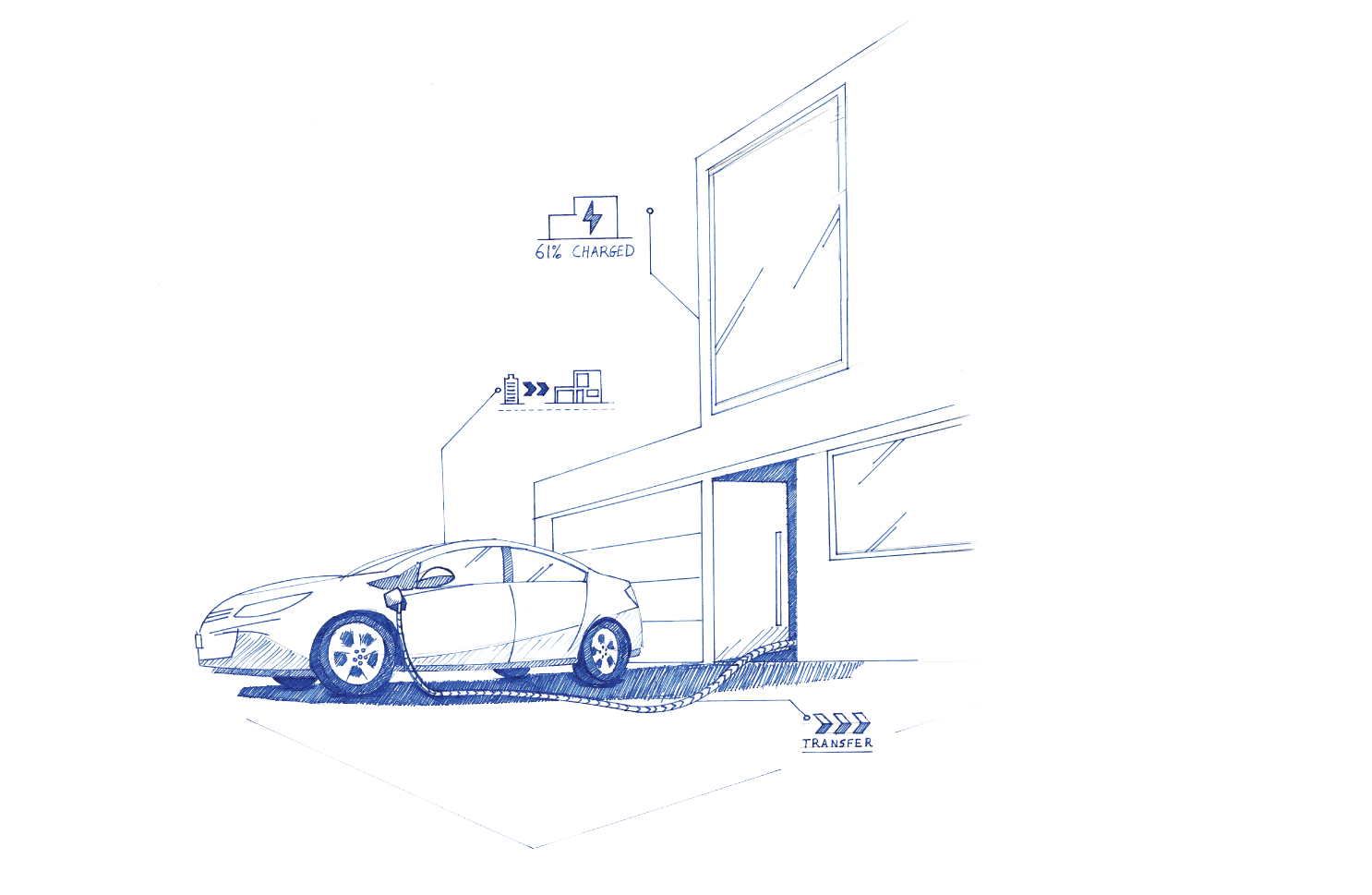
And there are also solar cells that like to sunbathe on 2 sides. These bifacial solar panels are ideal for large solar installations, because not only do they convert the light that comes in from above, but they also use the light reflected by the ground or the surface they are installed on. These kinds of solar cells can produce up to 25% more energy than the single-sided ones.
Finally, by 2035 we will also be using thin-film solar cells that will be incorporated invisibly into the windows and walls of buildings. Using an ingenious production system, the architect’s plans will be automatically converted into solar cell windows and walls in the right shapes and sizes.
The electricity grid will also have undergone a metamorphosis. By 2035, it will have become much smarter and be made up of smaller micro- and nano-networks. For instance, a group of office buildings or houses will have its own nano-network that operates autonomously and provides its own power without becoming overloaded. These nano-networks will then create somewhat larger micro-networks with the surrounding buildings, etc.
Batteries will also have become very important for storing power when energy can’t be produced. For instance, where will the electricity come from during the night, or on dull, drizzly days, or when there’s no wind? Every home will have its own battery. As will every district, every office building and so on. Today’s lithium-ion batteries will have become more efficient and cheaper. But there could also be help from a rather unexpected source. Because isn’t the car that spends all night in your garage also a whole chunk of energy? After all, its battery is quickly recharged and from then on, the car is just standing there, until you leave home again in the morning. But suppose you could tap into some of that energy stored in the car’s battery? Of course, that’s on condition there’s still enough power left for you to drive to work, where you can charge it again using solar panels.





